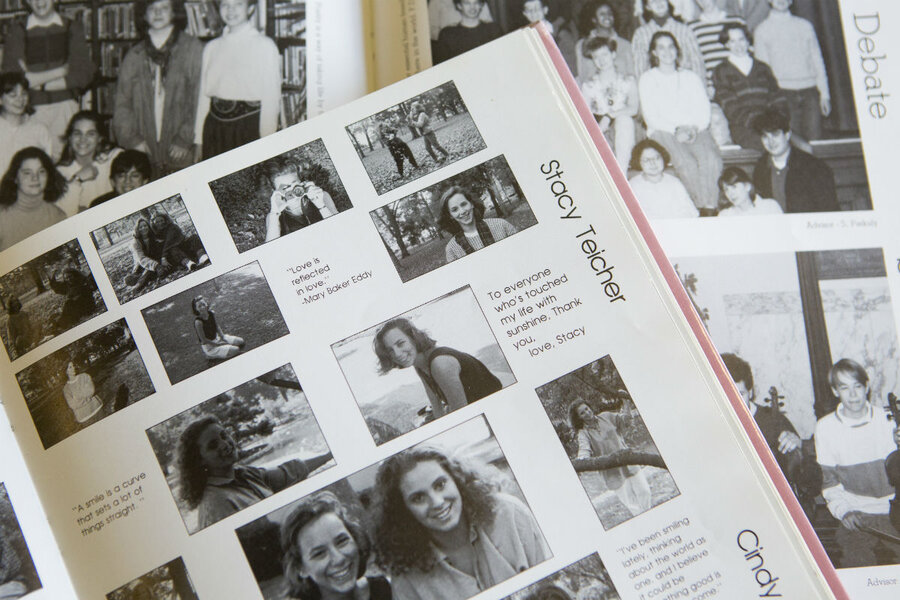Readers write: Resegregation in Buffalo
Loading...
Resegregation in Buffalo
The Dec. 17 cover story, “My reunion with desegregation,” was interesting. I attended Public School 80 in Buffalo, N.Y., from Grades 1 to 3 with other kids in my all-white neighborhood. When I turned 60, I celebrated by traveling back to Buffalo from my longtime home in Virginia. To my surprise, the neighborhood had totally changed. My neighborhood was now predominantly African-American. Cars were parked on both sides of the street where we had played stickball, football, and kickball. I remembered then that all families on the street in the 1950s were one-car families and we parked in our driveways.
I walked up the street to PS 80 so I could see my old school. I cried when I saw it; it had recently gotten a face-lift and was an architectural beauty. The Art Deco-style building now had new windows and an enhanced entry with new, tasteful doors, and the curved lines of the building’s corners were now beautifully clean and visible. It should be on a historical registry.
In the article about resegregation, I was drawn to my memories of when my schools in Arlington, Va., had been desegregated. Busing was an enormous issue because extra effort was made to transport kids across neighborhoods to adjacent districts; the effort seemed, to many, unreasonably inefficient. Successful integration ultimately quelled the outcry.
Nowadays, my old neighborhood in Arlington is wonderfully diverse and schools mostly reflect the neighborhoods. What is the relationship between neighborhoods and schools? Is careful busing still being used to integrate schools where neighborhoods are segregated? What has changed in 50 years to desegregate schools or assure diversity?
Vanessa Wells
Graham, N.C.
I attended a high school just east of Hollywood in California. I loved the racial mix. There were Mexican-Americans, blacks, Asians, and others from a variety of countries. It had great teachers with lots of smart kids. Sixty years later, my high school newsletters always have reports of famous people making it in a wide variety of fields. Going to that school formed my outlook of caring for all types of folks.
On a beach on the North Shore on Oahu, we ran into a black guy from one of the “cool clubs” in high school who was there with his white wife and his child and who remembered me from school. He even knew my husband, a self-professed nerd. In Los Angeles, I went on to a community college that had more of the same but was 50 percent black and now is more like 90 percent black. I loved it. It was a great experience.
I’m grateful for being raised in that atmosphere. Coming to the Midwest was a bit of a shock as my state was on both sides of the Civil War and still holds old views. I’ve had two black bosses in my work life, and I had great respect for them. I cannot report on how the high school is now. I always felt friendly toward everyone and they with me.
Diana Blanchard
University City, Mo.







